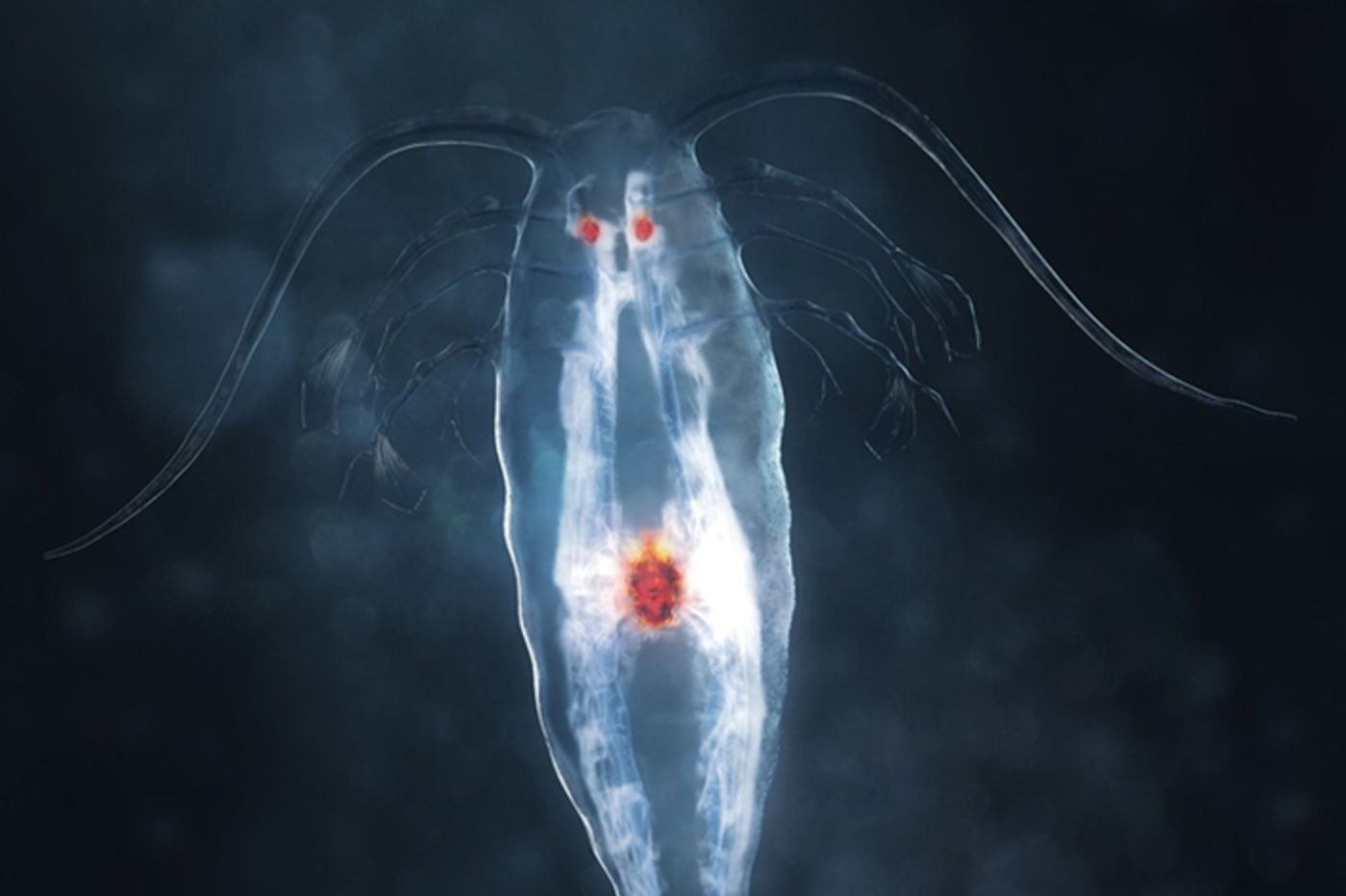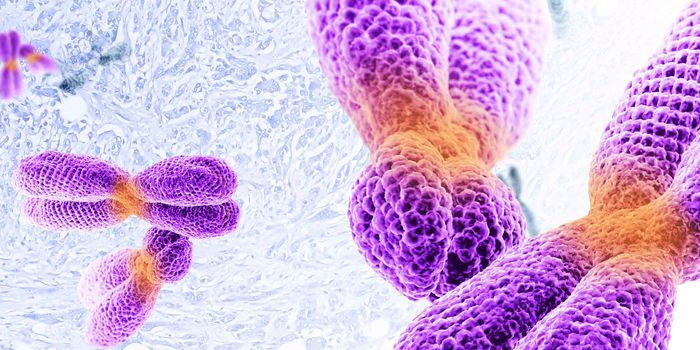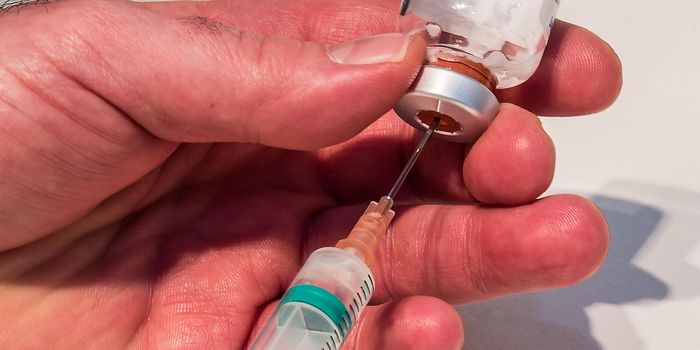Using Glowing Sea Creatures' Enzymes to Test Cancer Therapies
Living beings that glow are described as being “bioluminescent.” An enzyme or biological catalyst called luciferase makes fireflies, deep sea dwellers and other organisms glow or bioluminesce. Researchers from the Keck School of Medicine of the University of Southern California (USC) have discovered that luciferase can be used to measure whether a cancer therapy is killing off cancer cells, along with how efficiently it does so. With the help of this glow-producing natural enzyme, they were able to detect the death of a single cancer cell quickly -- within a half-hour.
This method, called the Matador assay (test) has great potential for evaluating the efficacy of various cancer treatments, especially immunotherapies. Through immunotherapy, a patient’s immune system is utilized, optimized and/or engineered to be more effective in taking out tumors. “[T]he methods for testing immunotherapies are not ideal,” says corresponding author and Professor of Medicine at the Keck School, Preet M. Chaudhary, M.D., Ph.D.
"Radioactive chromium release assay is the gold standard for testing whether an immunotherapy kills cancer cells,” he explains. This process measures the breakdown of target cell membranes and the death of the cells through the use of radioactive chromium. “This method is expensive, complicated and requires special disposal practices,” Chaudhary says, adding that other similar methods also possess these kinds of limitations, along with being slow. In contrast, Chaudhary and his team say the Matador assay is an inexpensive, precise, single-step and fast option.
Deep sea shrimp and small crustaceans with markedly bright bioluminescence were chosen as the source of luciferase for the project. The luciferases leak out of dying cells and the changing luminescence can be gauged with a luminometer, which measures light. The study abstract states, “The assay involves expression of a luciferase of interest in target cells in a manner so that it is preferentially retained within the healthy cells but is either released from dead and dying cells or whose activity can be preferentially measured in dead and dying cells.”
The researchers used this assay on acute myelogenous leukemia, myelogenous leukemia, Burkitt's lymphoma and solid tumor cells that were treated with several immunotherapies: CAR-T cells, bispecific T-cell engagers and monoclonal antibodies. The Matador assay could detect the death of a single cancer cell, and a USC press release states this is “a level of sensitivity far exceeding existing assays.”
Chaudhary says the new test can detect cell death “in as little as 30 minutes.” He conveys this rapidity will “ultimately translate to more expedient treatments for patients getting cellular immunotherapies such as CAR-T cells.” CAR-T cells -- chimeric antigen receptor-T-cells -- are immune cells that have been engineered to attack tumors more successfully.
Chaudhary thinks the new method could be useful in cellular therapy manufacturing, biomedical research, screening other anticancer agents and possibly also for measuring environmental toxins.
“Development and characterization of a novel luciferase based cytotoxicity assay,” was published in the journal Scientific Reports in 2018.









